Are you planning to explore the stunning landscapes of New Zealand? Understanding the ins and outs of rental car new zealand can save you both time and money. In this blog, we’ll cover everything from choosing the right rental company to practical itinerary solutions that will enhance your travel experience.
🚗 Compare Quality Rental Car at Affordable Price: https://geni.us/RentalCarOptions
Types of Rental Cars Available
Generally, all New Zealand rental cars come with automatic transmission. There’s a wide range of sizes, from 1.3-liter engines to large four-wheel drives. If you’re traveling during the summer season, you don’t really need a four-wheel drive, but it’s a good idea to have those in the winter months as there will be snow and ice on some roads and ski fields.
For two or three travelers, I recommend a midsize SUV such as a Toyota RAV4. If you prefer a more affordable option, a compact car like the Toyota Corolla will suffice. Be aware that vehicle fleets change with operators, and they cannot guarantee a specific model.
The age of the vehicles plays an important part in the pricing. Most rental cars come with petrol fuel, but four-wheel drives often come with diesel. Electric vehicles (EVs) have become very popular, and the charging station network is well established. Many accommodations offer charging stations as part of their guest service.
For any additional questions, feel free to use the comments field, and I will endeavor to answer them for you.
Rental Car Locations in New Zealand
Rental car depot pickup and drop-off locations play a crucial role in getting the best rental deal. Large brands like Avis and Hertz have about 40 locations each throughout New Zealand, often at airport terminals. This can work well when designing your travel itinerary but can be costly if you’re not restrained by time.
Locally owned New Zealand travel firms often have locations in Auckland, Wellington, Nelson, Christchurch, Queenstown, Dunedin, and Invercargill. Knowing these locations can help you plan your itinerary more cost-effectively.
Understanding the Pickup Process
For all rental car pickups, you will need a physical credit card to pay the bond and a full driving license written in English. The minimum rental age is 21 years old, though some operators offer a Young Driver option with an additional insurance surcharge.
Rental cars come with standard insurance with an excess for damage or accident, usually between NZD 4,000 to 5,000. You can reduce this bond by paying a daily insurance premium of NZD 25 to 40. This covers the car but not personal injuries or liabilities. Read the rental contract details carefully.
Note that your credit card will be charged for the bond at the time of vehicle pickup, which could cause payment issues if your card has a set limit. The bond will be refunded after the car’s return, but this may take a few days.
Consider a comprehensive travel insurance package that covers health, luggage, cancellation, and rental car excess. This can save you from the hassle of dealing with individual rental car insurance claims.
Navigating the Ferry Between Islands
With large brands like Avis and Hertz, you cannot take the car onto the ferry. You drop off on one side and pick up another car on the other side. However, many New Zealand-owned operators allow you to take your car on the ferry at additional costs.
At pickup, vehicles come with a full tank, and you need to return them with a full tank. Larger operators offer a prepaid option, but it’s usually at a higher price. There are plenty of petrol stations on the way to your final drop-off, so filling up the tank before returning the car is easy.
Most cars have an inbuilt GPS system, but using Google Maps on your phone is also a popular option. Physical maps are still available.
Rental cars are calculated by 24-hour cycles. For example, if you pick up a car at 9:00 a.m. on day one and return it at 9:00 a.m. on day four, you will have three rental car days. Dropping off at 12:00 p.m. on day four will incur an additional full-day charge, especially with larger brands. Generally, there’s a 59-minute leeway, but check with the operator when booking and picking up the car.
Travel Restrictions and Additional Tips
There are a few roads in New Zealand where you’re not permitted to drive. These roads are usually dangerous, such as Skippers Canyon near Queenstown. Local council rules may also require snow chains in the winter season, especially in the southern region.
For one-way rentals, a minimum rental period is often three days, plus a one-way surcharge. Larger operators may waive this fee for rentals longer than five to seven days. Each rental car operator has individual policies, and some offer a check-in app to save time. Others have restricted depot hours or self-check-in with a lockbox.
Rental Car Cost Options
When it comes to rental cars, costs vary widely based on travel season, locations, availability, rental length, and the car’s age. For a midsize SUV in the 2024 summer season, expect to pay about NZD 200 per day with no insurance excess for large operators. New Zealand-owned operators charge around NZD 150 per day, while smaller, low-cost operators charge about NZD 100 per day.
Additional charges include fees for extra drivers, airport and ferry pickups, remote locations, one-way rentals, child seats, GPS, tire and windscreen cover, and credit card fees. These can add up quickly. Early bookings may offer special deals, such as South to North discounts with Go Rentals. Most tier-one operators provide on-road service with the New Zealand Automobile Association (AA) and a free phone number for assistance.
Practical Steps for Renting a Car
If you have 15 days to explore New Zealand, I recommend spending one-third of your time on the North Island and two-thirds on the South Island. For the five days on the North Island, pick up and drop off your rental car in Auckland. Alternatively, you could drop off the car in Rotorua, Taupo, Napier, or New Plymouth to avoid traveling back to Auckland, though this will increase rental costs.
Next, use a domestic flight to the South Island, flying into Nelson, Christchurch, Dunedin, or Queenstown. Spend the remaining ten days with different pickup and drop-off locations. In this scenario, operators like Go Rentals, Apex, Ezi Rental, or RaD are ideal as they don’t charge one-way fees or airport/ferry fees. They provide a short transfer service to a nearby depot, making their rates lower.
For longer trips or for those who prefer airport terminal pickups, larger brands like Avis, Budget, or Hertz are suitable. These brands are also ideal for dropping off at smaller depots not serviced by other companies, such as Bay of Islands, New Plymouth, or Greymouth.
In summary, selecting a rental car company in New Zealand requires careful consideration. Locations play a significant role in planning your itinerary. By using New Zealand-owned companies and selecting their locations, you often get a better price and service.
Insurance Options and Considerations
When renting a car in New Zealand, understanding insurance options is crucial. Standard rental car insurance usually comes with a significant excess, ranging from NZD 4,000 to 5,000. This means that in the event of an accident, you would be liable for this amount. However, you can reduce this excess by purchasing additional daily insurance from the rental company, typically costing between NZD 25 to 40 per day.
While this additional insurance covers the vehicle, it does not include personal injuries or liabilities. Therefore, it’s essential to read the rental contract thoroughly to understand what is and isn’t covered. Many travelers opt for comprehensive travel insurance that includes rental car excess coverage. This can be a more cost-effective solution, but remember that you would need to manage any claims directly with your travel insurance provider.
Additionally, the rental car company will charge the bond amount to your credit card at the time of pickup. This can be problematic if your card has a low limit, as it may affect your available credit. The bond is refunded after the car is returned, but this process can take a few days.
Tips for Saving Money on Rentals
Saving money on rental cars in New Zealand is possible with a few strategic tips. First, book early. Early bookings often come with discounts and special deals, such as South to North discounts offered by companies like Go Rentals. Second, consider using New Zealand-owned rental companies; they generally offer lower rates and more personalized service compared to international brands.
Another way to save is by avoiding unnecessary extras. For example, while it might be convenient to prepay for fuel, it’s usually cheaper to fill up the tank yourself before returning the car. Similarly, using your own GPS device or smartphone for navigation can save you the cost of renting one from the car company.
Consider the length of your rental as well. Many companies waive one-way fees for rentals longer than five to seven days. This can be particularly useful if you plan to travel extensively across both the North and South Islands.
Practical Itinerary Solutions for Travelers
Creating an efficient travel itinerary can save both time and money. For a 15-day trip, allocate about five days to explore the North Island and ten days for the South Island. Start by picking up your rental car in Auckland and explore key destinations like Rotorua, Taupo, and Napier. If you prefer not to return to Auckland, you can drop off the car at these locations, though it may incur additional costs.
Next, take a domestic flight to the South Island, choosing to land in cities like Nelson, Christchurch, Dunedin, or Queenstown. From here, you can explore the stunning landscapes of the South Island with different pickup and drop-off points. Using operators like Go Rentals, Apex, Ezi Rental, or RaD can be beneficial as they don’t charge one-way fees and offer convenient shuttle services to nearby depots.
For longer trips or for those who prefer the convenience of airport terminal pickups, larger brands like Avis, Budget, or Hertz are suitable. These companies also service smaller depot locations not covered by other rental firms, such as Bay of Islands, New Plymouth, or Greymouth.
Final Thoughts on Choosing the Right Rental Car
Choosing the right rental car in New Zealand involves considering various factors such as cost, convenience, and service quality. While international brands offer numerous pickup locations and seamless service, they come at a higher cost. On the other hand, locally owned companies provide competitive rates and personalized service, though they may have fewer depots.
It’s essential to plan your itinerary carefully, taking into account the pickup and drop-off locations to maximize convenience and cost-effectiveness. Additionally, understanding the insurance options and potential additional charges can help you budget more accurately.
By following these tips and considering your travel needs, you can find the best rental car option that suits your New Zealand adventure. Happy travels!
Additional Travel Resources
To further enhance your trip, here are some valuable resources:
- Download the 100% FREE NZ Travel Planning Sheet here
- Watch our NZ Travel Planning Playlist on YouTube here
- Check out our NZ Road Trips Playlist for route inspiration here
- Explore our NZ Must Do & See Playlist here
Self-drive Road Trips:








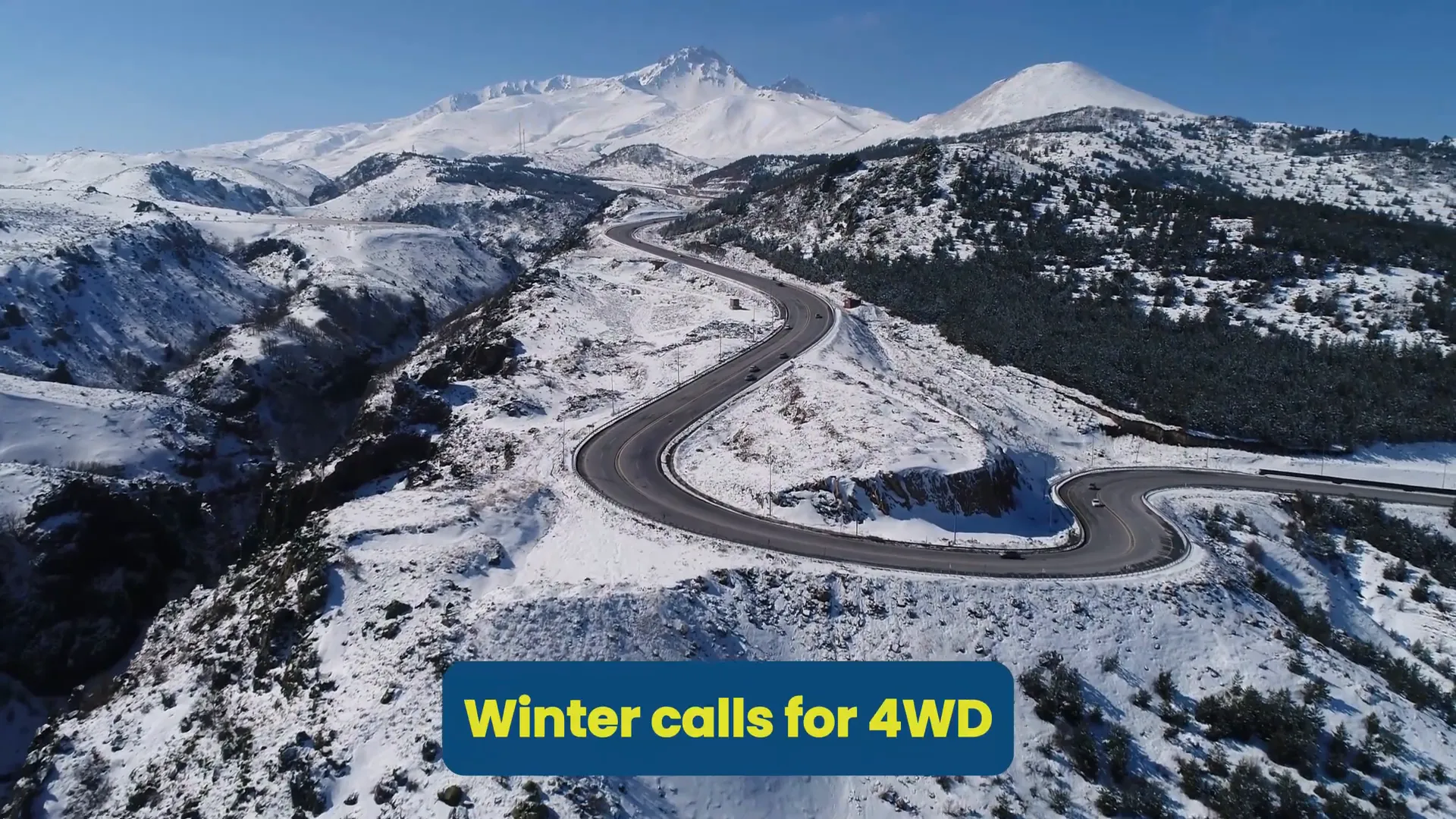

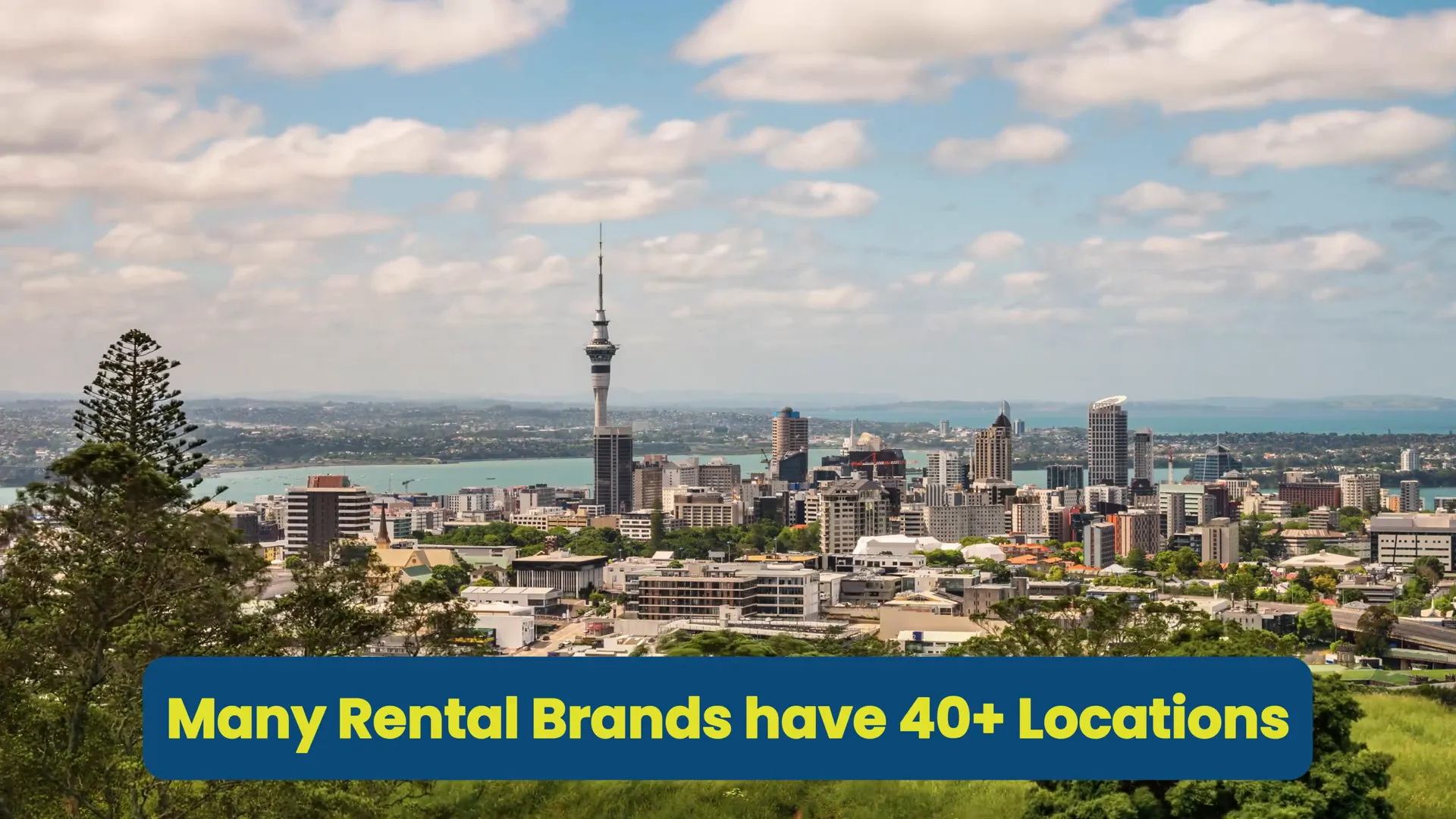
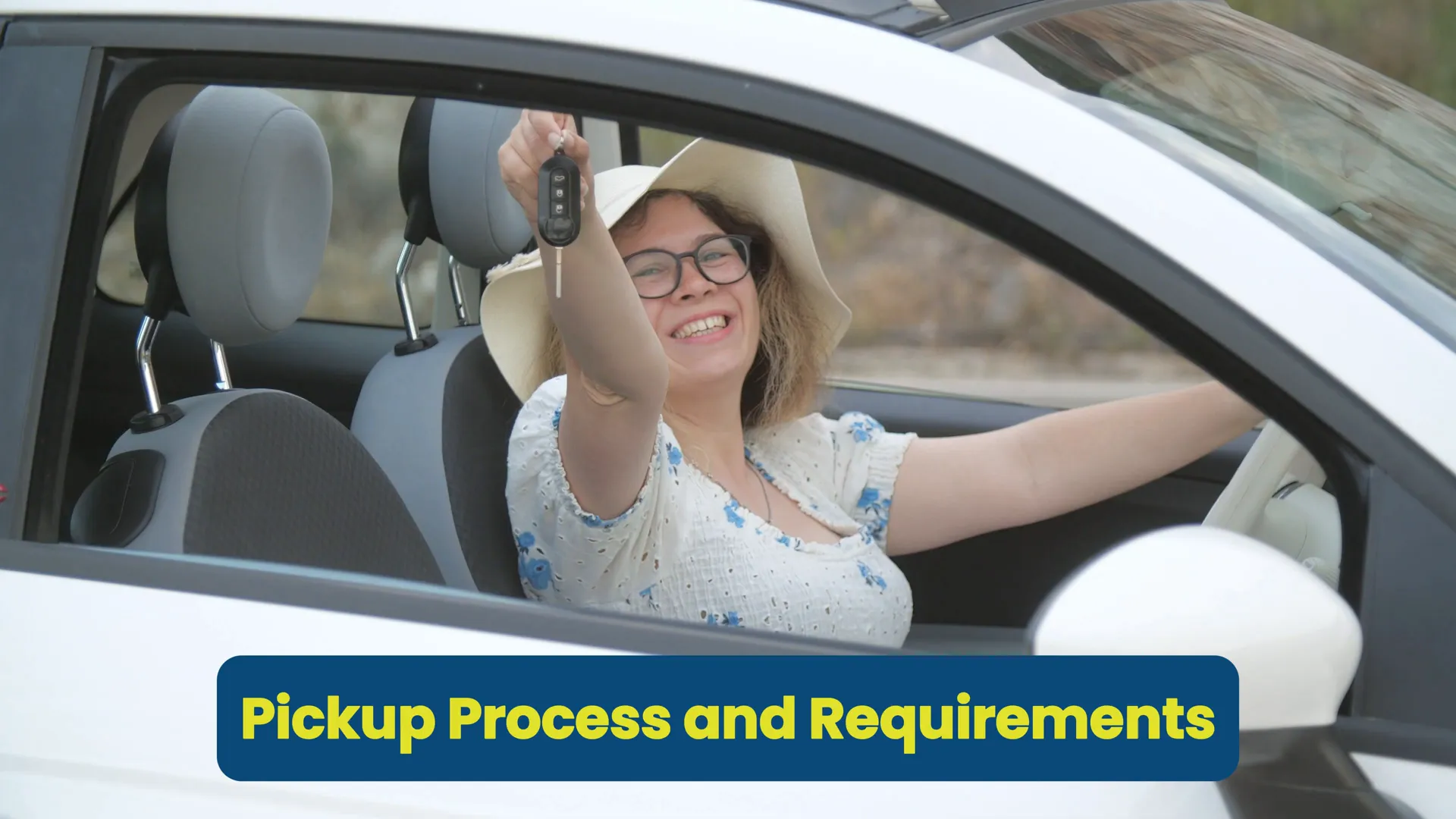
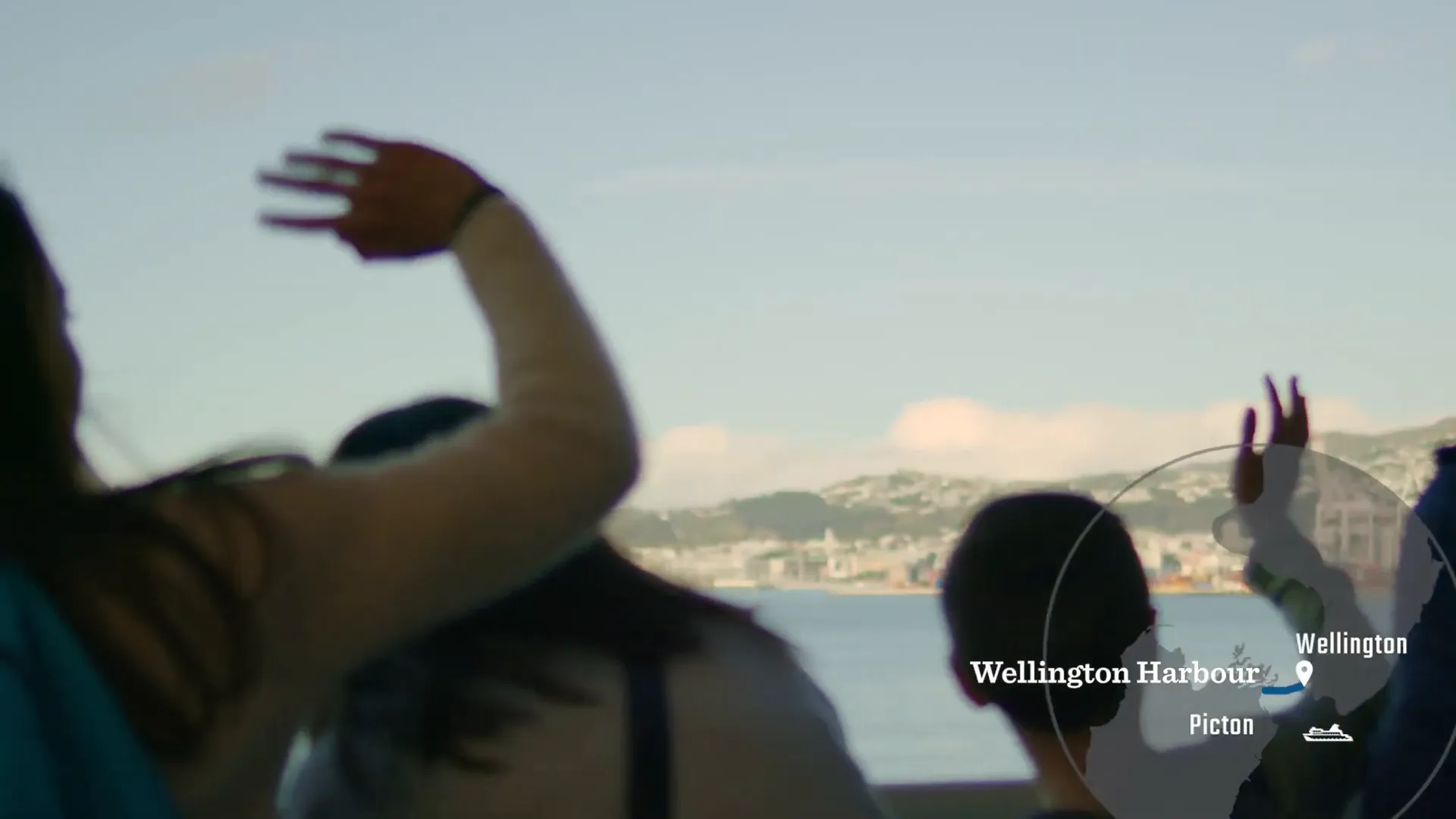

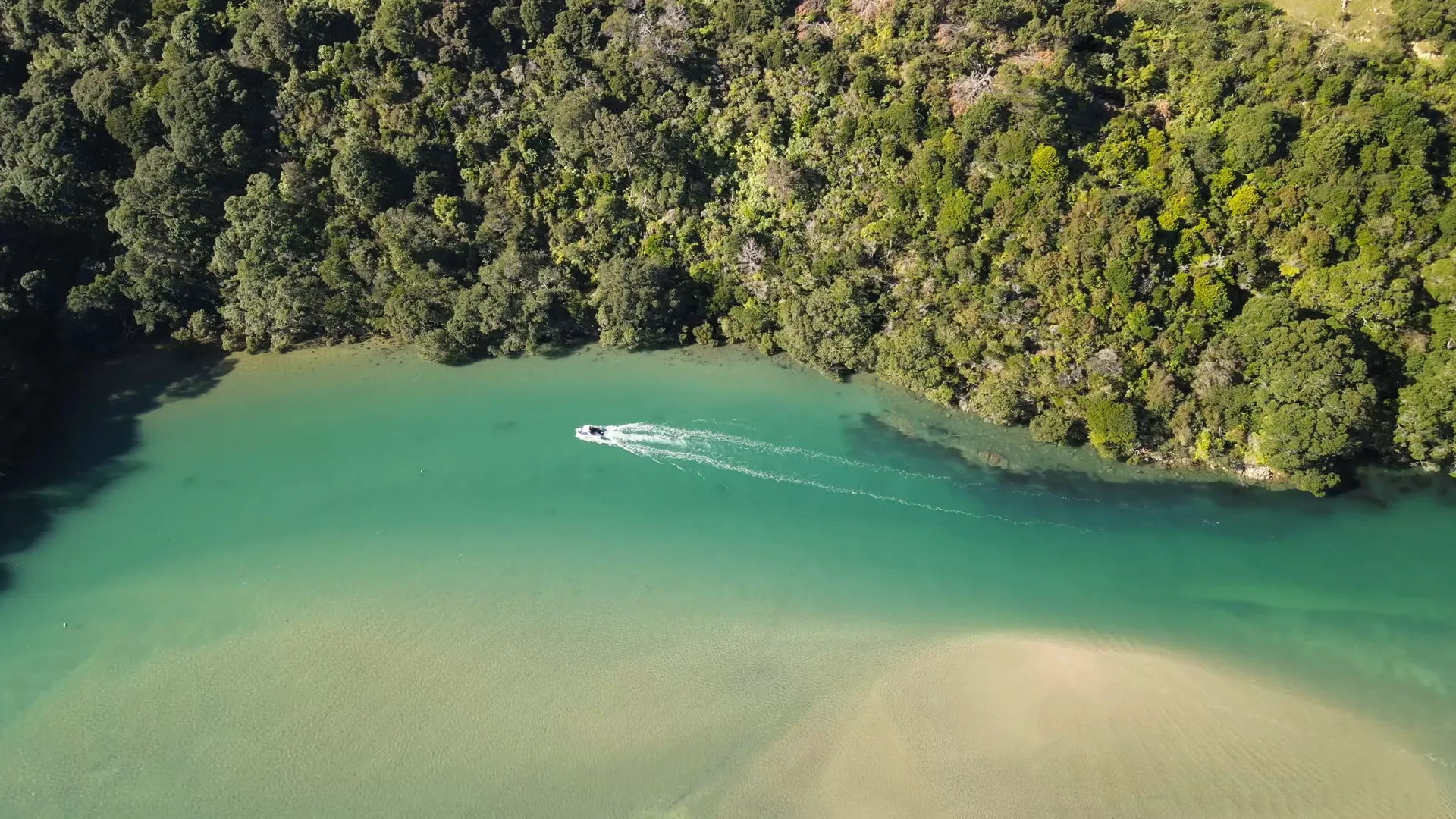

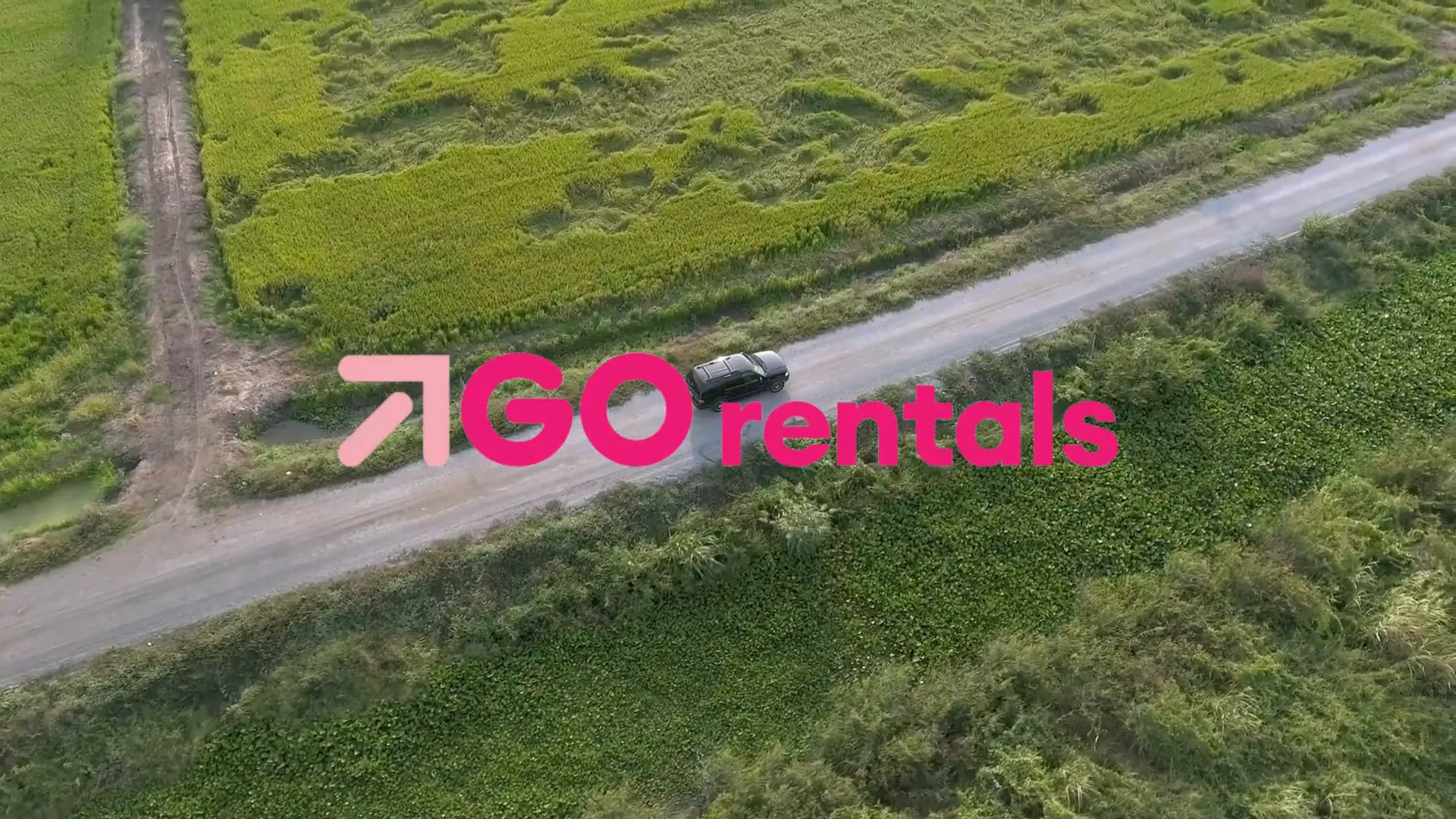
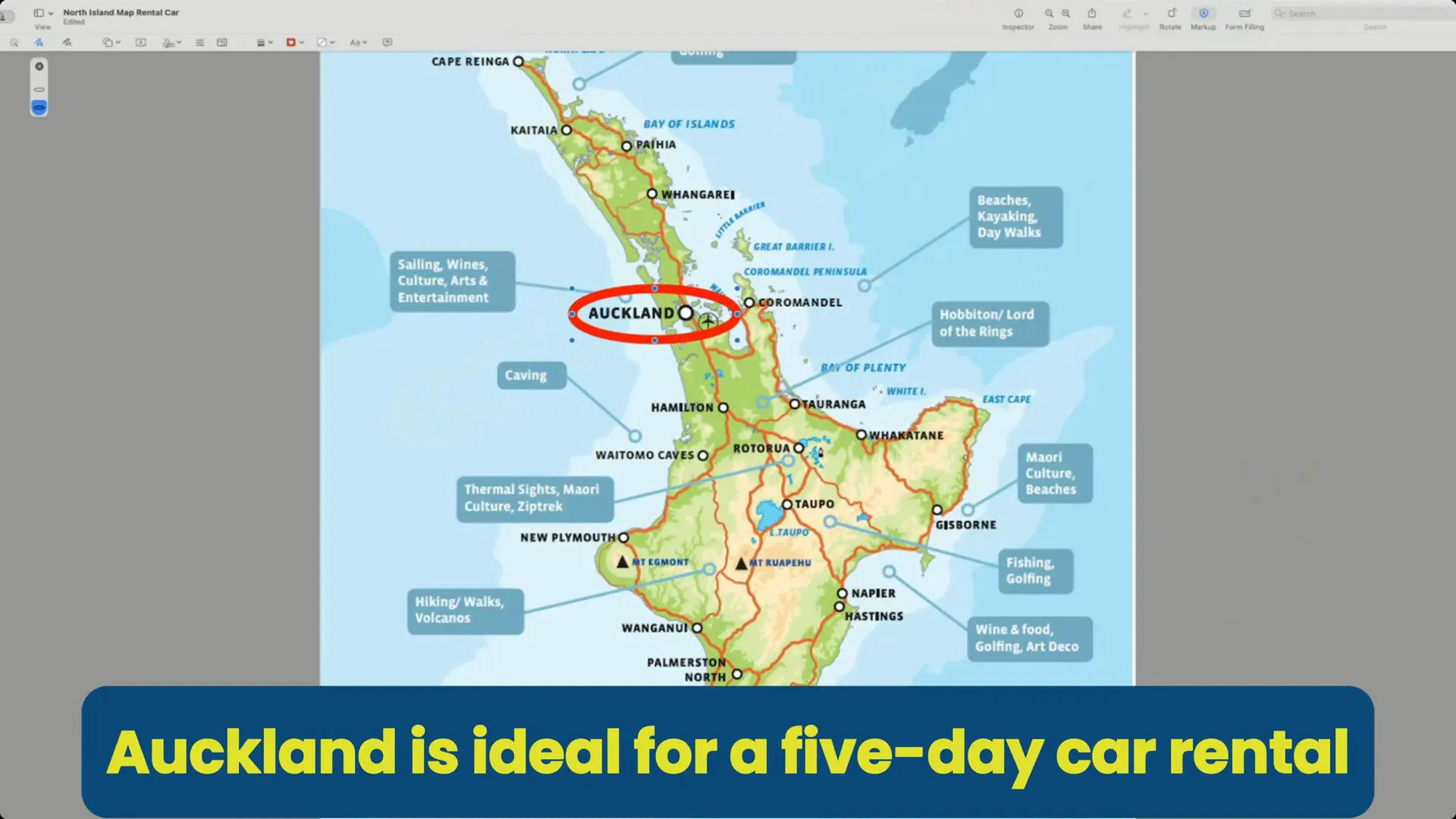
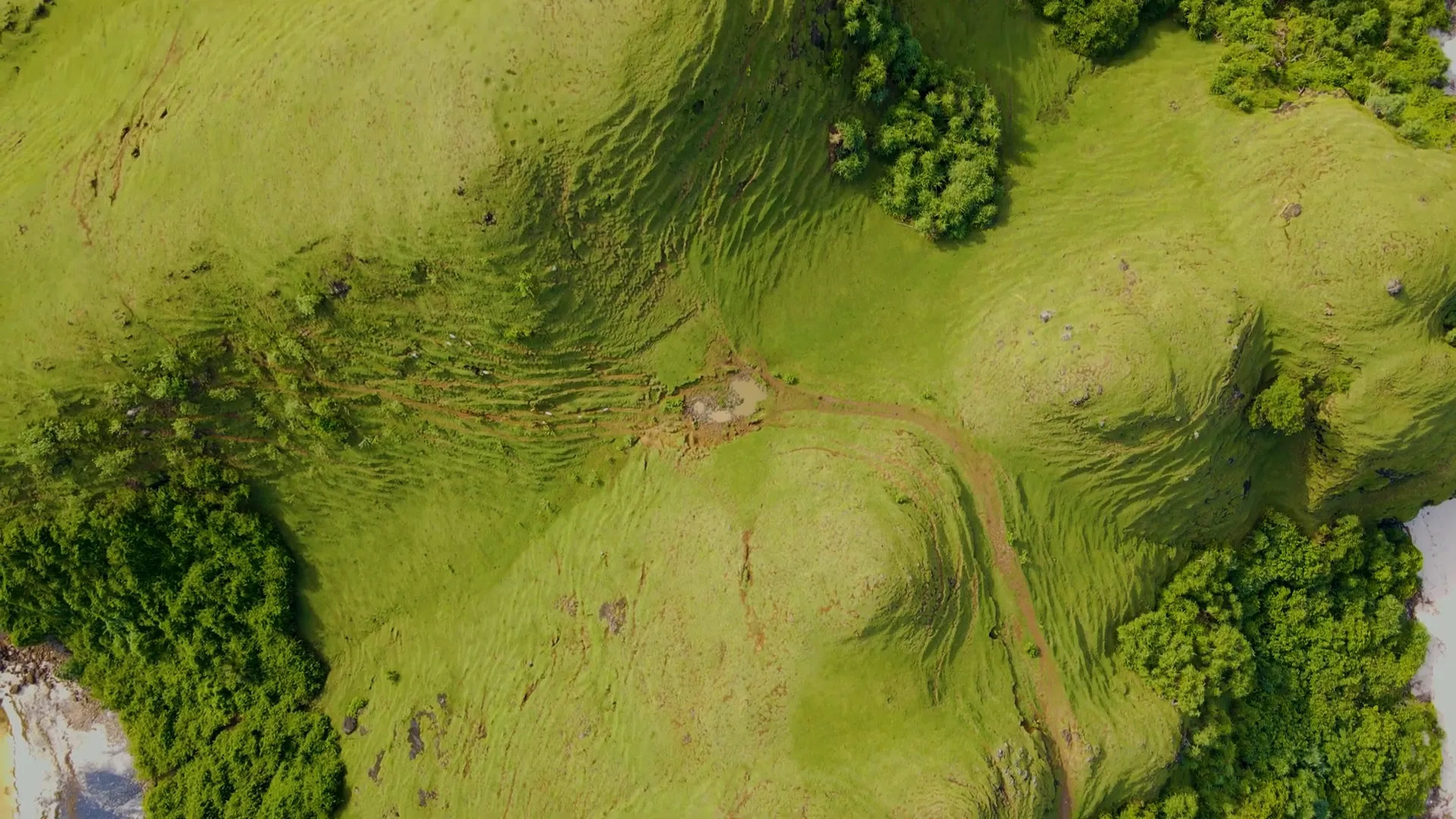
Leave a Reply